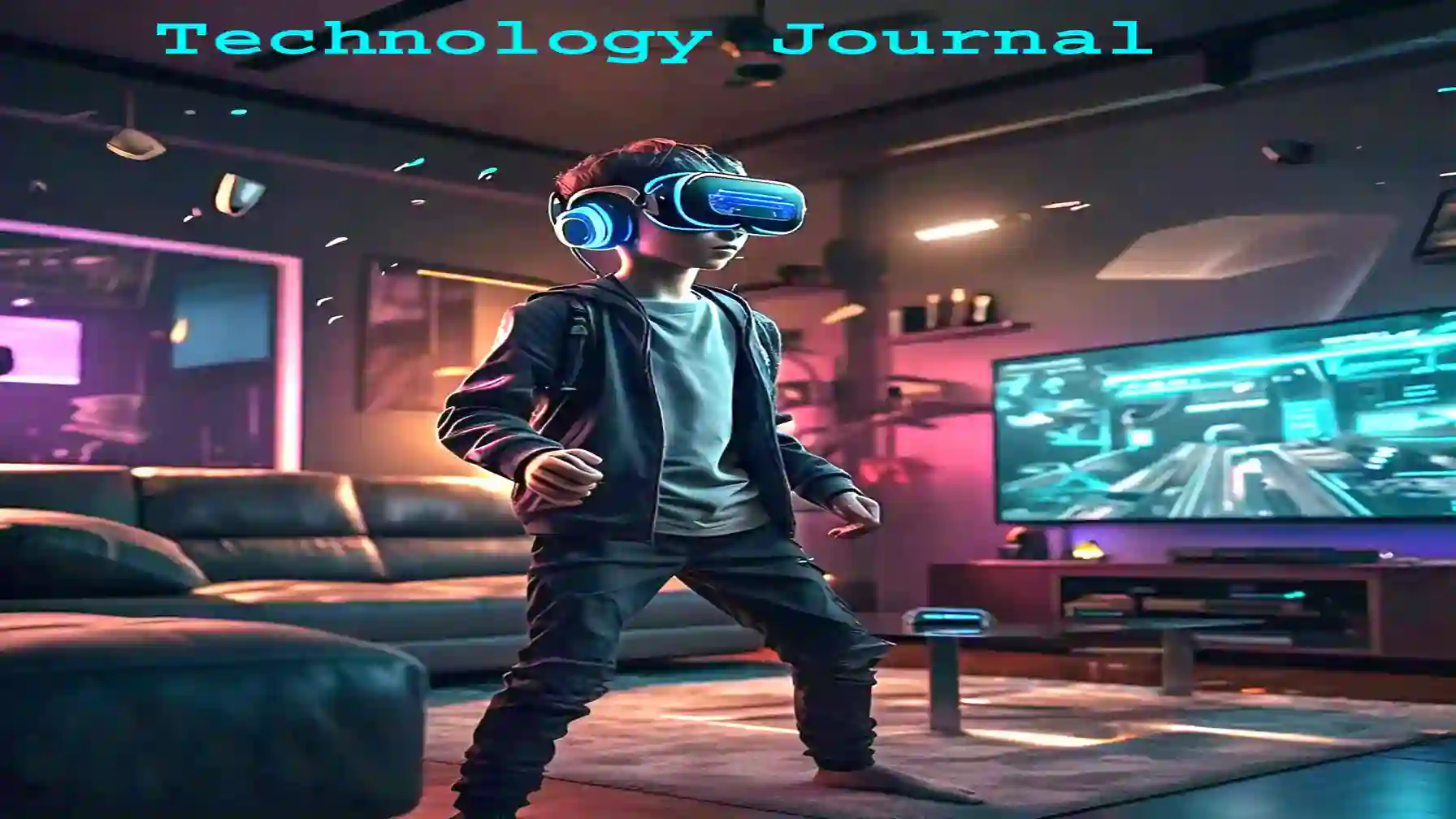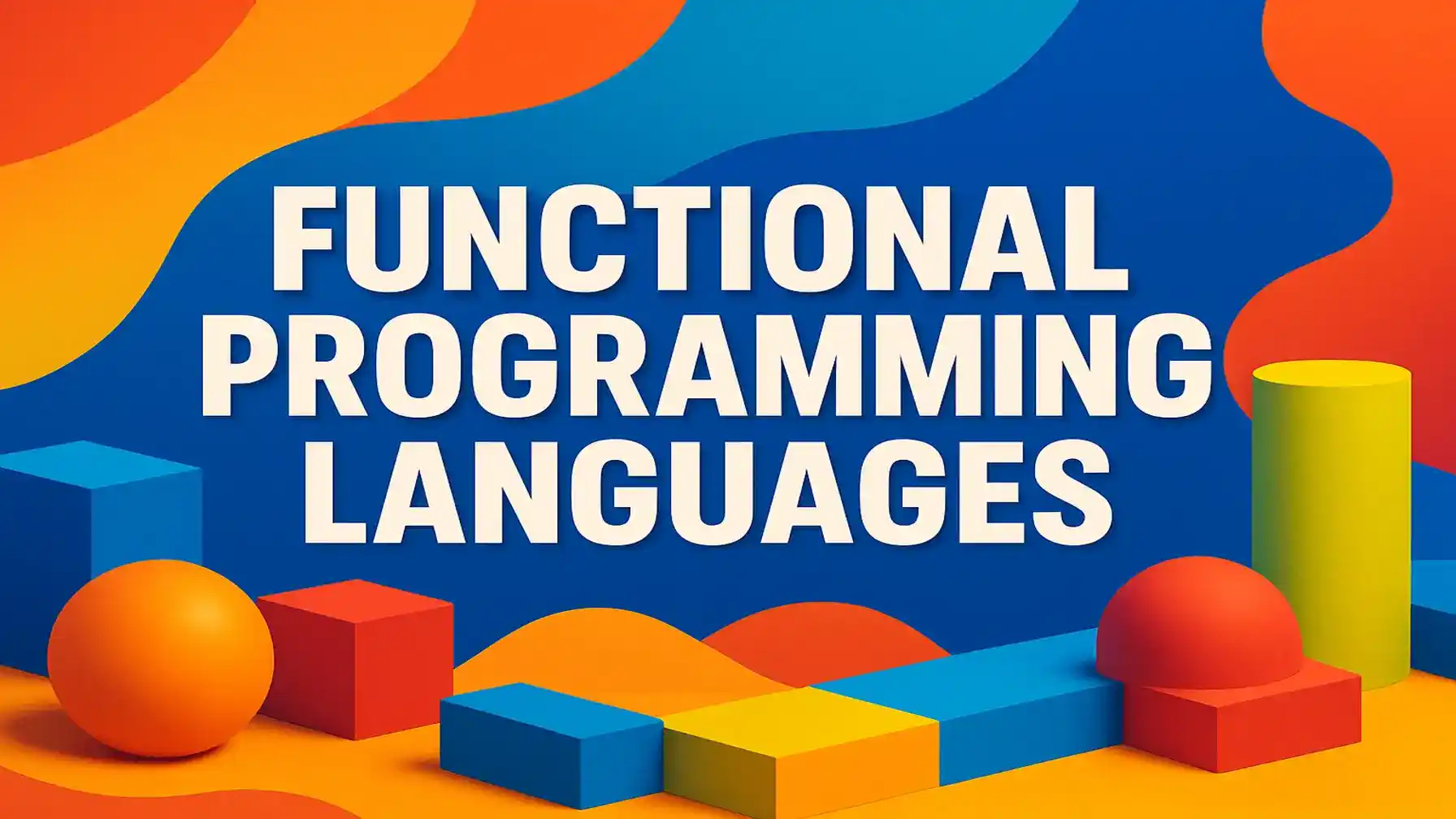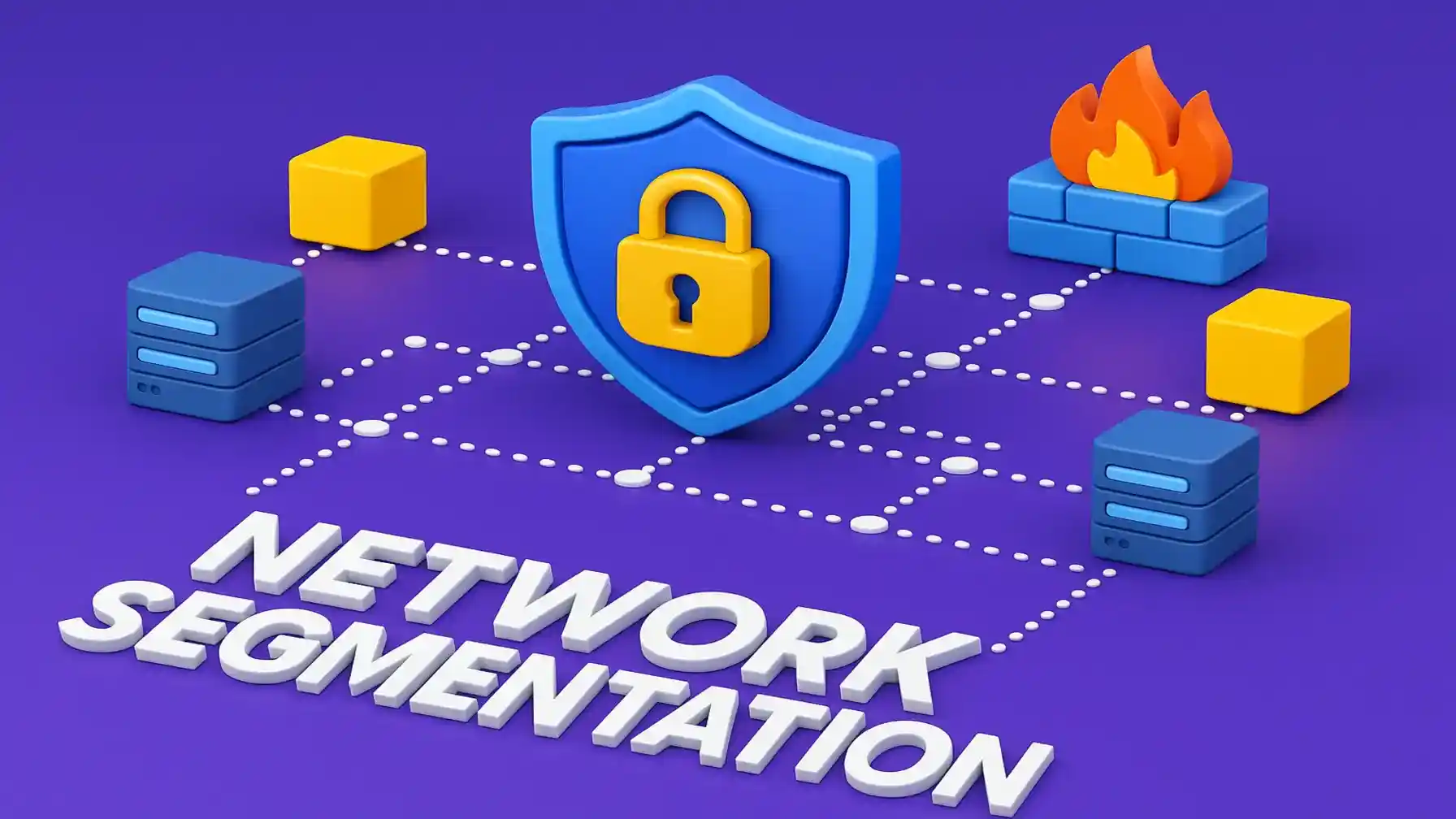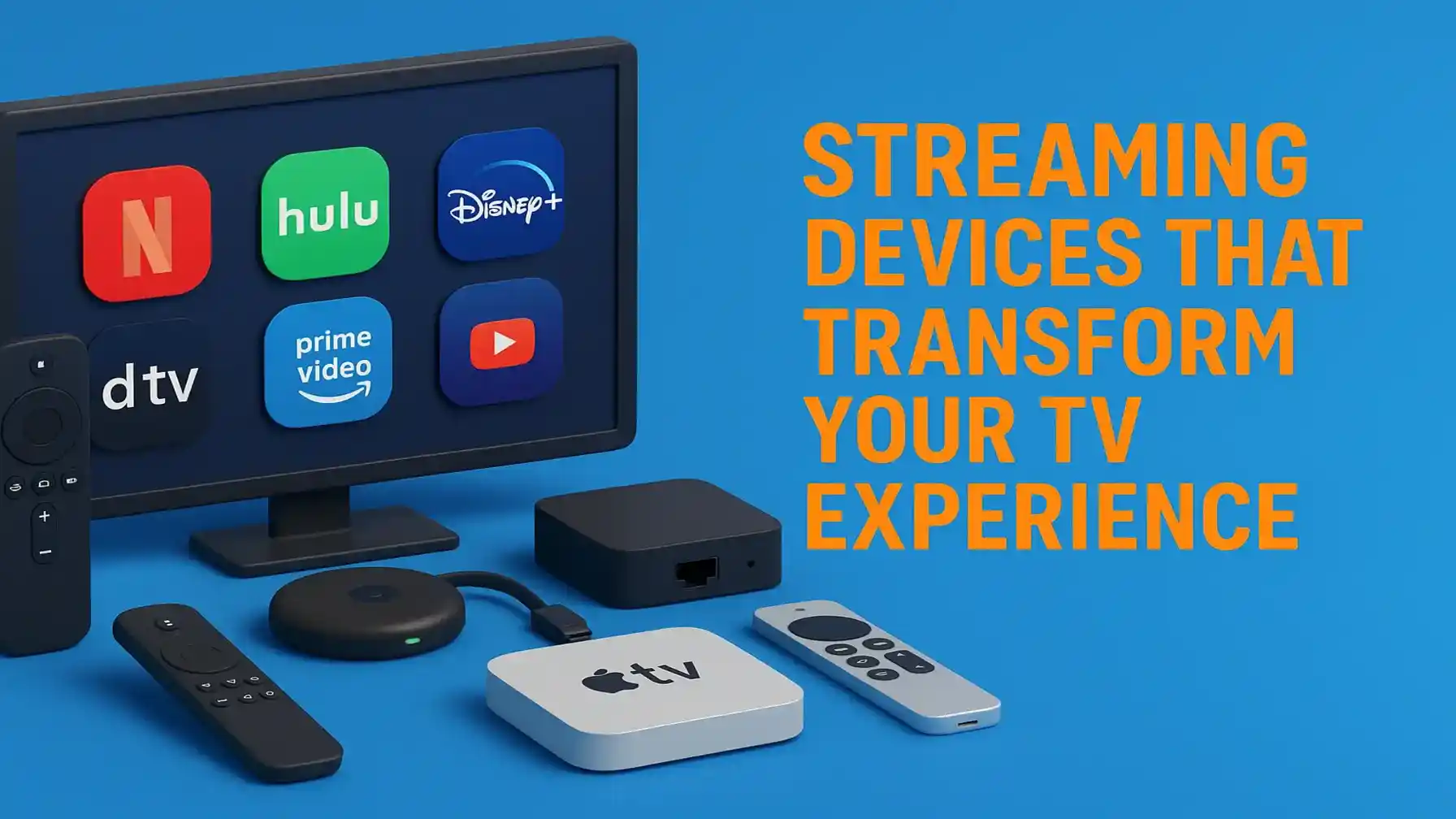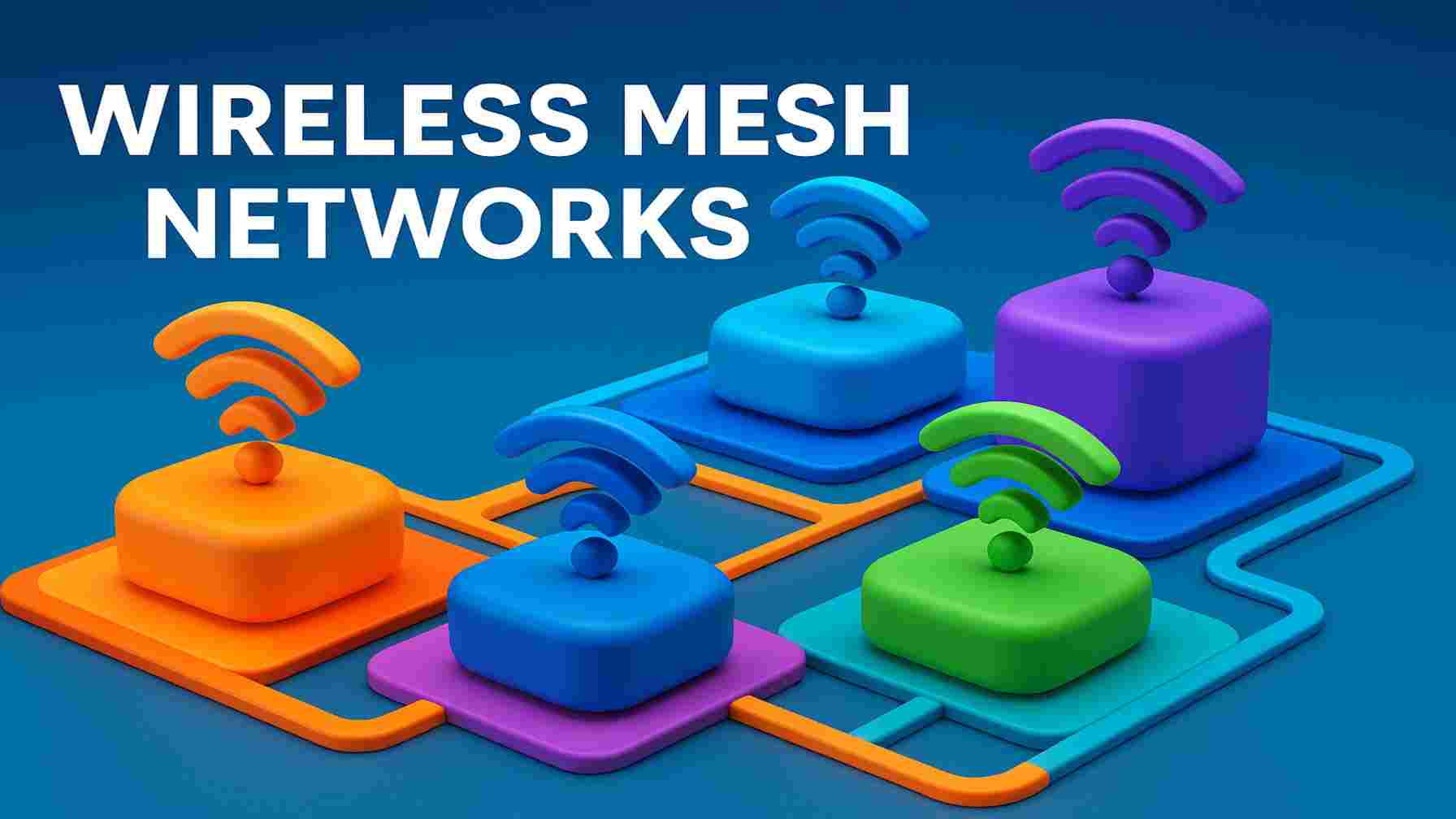In recent years, virtual reality experiences have taken the world by storm. They offer an exciting way to explore new environments, learn new skills, and even participate in activities that were once out of reach. Virtual reality (VR) isn’t just a futuristic concept anymore; it’s a growing part of our daily lives. Whether you’re interested in gaming, education, or exploring distant lands, virtual reality experiences can transport you to places you’ve never imagined. Let’s dive into what makes these experiences so unique and how they’re changing the way we interact with the world.
What is Virtual Reality and how it works?
Virtual reality is a technology that creates a simulated environment, allowing users to experience and interact with 3D worlds. Unlike traditional screens, VR places you inside the experience. The immersive nature of VR is what makes it stand out. Initially developed in the 1960s, VR has evolved significantly, with today’s devices offering highly sophisticated and realistic experiences. It’s now easier than ever to step into a virtual world and explore it as if it were your own.
Also Read: Wi-Fi 7: The Next Leap in Wireless Connectivity
The core of any virtual reality experience lies in the technology behind it. VR systems typically include a headset that covers your eyes, immersing you in a 360-degree environment. These headsets often come with controllers that allow you to interact with virtual objects. The key to VR’s magic is its ability to track your movements and adjust the virtual environment in real time, making the experience feel incredibly real. This combination of hardware and software is what enables users to lose themselves in virtual worlds.
The Rise of Virtual Reality Experiences
Virtual reality has become increasingly popular across various sectors. According to recent studies, the VR market is expected to grow significantly in the coming years. This growth is driven by advancements in technology, increased affordability of VR devices, and the expanding range of available experiences. From gaming and entertainment to education and healthcare, virtual reality experiences are becoming a staple in many industries. More and more people are discovering the potential of VR to change how we live, work, and play.
Different Types of Virtual Reality Experiences:
Virtual reality isn’t a one-size-fits-all technology. There are many types of virtual reality experiences, each tailored to different interests and needs.
Gaming and Virtual Reality Experiences:
Gaming is perhaps the most well-known application of VR. Players can step into immersive worlds where they are not just passive participants but active players. From action-packed adventures to serene explorations, VR gaming offers an unparalleled level of immersion.
Gaming is one of the most exciting aspects of virtual reality experiences. VR gaming takes the excitement of traditional gaming and amplifies it, providing an immersive experience where you can be the hero of your own story. Popular VR games like Beat Saber and Half-Life: Alyx have set new standards for what’s possible in gaming. With VR, you’re not just pressing buttons; you’re swinging swords, shooting arrows, and exploring new worlds. This level of interactivity is what makes VR gaming so appealing to both casual and hardcore gamers.
Virtual Reality Experiences in Education:
Virtual reality is revolutionizing education by offering students immersive, interactive experiences. Whether it’s a virtual field trip to ancient Rome or a hands-on science experiment, VR can bring learning to life in ways traditional methods cannot.
Education has always been about expanding horizons, and virtual reality experiences are pushing those boundaries even further. VR can make learning more engaging by providing students with immersive experiences that textbooks simply cannot offer. For instance, history lessons can become a walk through ancient civilizations, while science classes can offer a front-row seat to cosmic events. The interactive nature of VR means students are more likely to retain information and develop a deeper understanding of complex subjects. As VR technology becomes more accessible, it’s poised to become an integral part of education at all levels.
The Impact of Virtual Reality on Tourism:
Imagine visiting the Eiffel Tower without leaving your living room. With VR, virtual travel experiences are possible. You can explore famous landmarks, visit museums, or even walk through a city you’ve never been to before. These experiences are particularly beneficial for those who cannot travel physically.
Tourism has been transformed by virtual reality experiences, offering new ways to explore the world. Virtual tours of famous landmarks, museums, and even entire cities allow people to experience travel without leaving their homes. This is especially valuable in today’s world, where travel can be expensive or restricted. VR can also be used to enhance real-world travel experiences, allowing tourists to explore destinations in-depth before they visit or revisit places they’ve already been. The potential for VR in tourism is vast, providing both a supplement to and a substitute for traditional travel experiences.
Healthcare Revolution through Virtual Reality:
In healthcare, VR is used for everything from training surgeons to helping patients overcome phobias. The immersive nature of VR allows medical professionals to practice procedures in a safe environment and patients to experience therapies that were previously unavailable.
Healthcare is another area where virtual reality experiences are making a significant impact. In medical training, VR allows students and professionals to practice procedures in a controlled, risk-free environment. This kind of hands-on practice is invaluable, particularly in fields like surgery, where precision is critical. Additionally, VR is being used in therapy to treat conditions like PTSD, anxiety, and phobias. Patients can confront their fears in a safe, controlled environment, gradually overcoming them with the help of VR. The healthcare industry continues to find innovative ways to integrate VR, promising a future where these technologies are a standard part of care.
Virtual Reality in Entertainment:
Entertainment has also embraced VR, with virtual concerts and movies offering new ways to enjoy content. Imagine watching a movie where you can explore the set or attending a concert where you’re front row, no matter where you are in the world.
The entertainment industry has embraced virtual reality experiences, offering audiences new ways to engage with content. VR concerts, for example, allow fans to experience live performances from the comfort of their homes. Similarly, VR movies and shows offer a level of immersion that traditional media cannot match. You’re not just watching a story unfold; you’re part of it. As VR technology continues to evolve, we can expect even more creative and engaging experiences in the entertainment world. The future of entertainment is undoubtedly intertwined with the advancements in virtual reality.

The Benefits of Virtual Reality Experiences:
There are many benefits to virtual reality experiences. One of the most significant is the level of immersion they offer. Unlike traditional media, VR places you at the center of the action, making you an active participant rather than a passive observer. This level of engagement can lead to better learning outcomes, more memorable experiences, and even therapeutic benefits. Additionally, VR offers accessibility, allowing people to experience things that might otherwise be out of reach. Whether it’s visiting a far-off place or participating in a high-risk activity, VR makes it possible.
Challenges Facing Virtual Reality Experiences:
Despite the many benefits, virtual reality experiences face several challenges. Technical limitations, such as the need for high-end equipment and the potential for motion sickness, can hinder the experience. Accessibility is another issue, as not everyone can afford the latest VR technology. There are also potential health concerns, including eye strain and the possibility of addiction. As VR technology continues to evolve, addressing these challenges will be crucial to its widespread adoption and success.
The Future of VR Experiences
The future of virtual reality experiences looks promising, with many exciting developments on the horizon. As technology advances, we can expect more realistic and immersive experiences, with VR becoming more integrated into our daily lives. Emerging trends like augmented reality (AR) and mixed reality (MR) are also set to enhance the VR experience, offering new ways to interact with the virtual world. Additionally, as VR becomes more accessible, we’ll likely see it being used in more industries, from retail to social interaction. The potential for VR to change the way we live, work, and play is enormous, and we’re only just beginning to see what’s possible.
How to Get Started with VR Experiences?
If you’re new to virtual reality experiences, getting started can be a bit daunting. The first step is choosing the right equipment. There are many options available, from high-end systems like the Oculus Rift to more affordable options like the Oculus Quest. Once you have your equipment, it’s essential to start with simple experiences to get used to the technology. As you become more comfortable, you can explore more complex and immersive VR experiences. Remember, the key to enjoying VR is to take it at your own pace and explore what interests you most.
Conclusion:
Virtual reality experiences are more than just a technological novelty; they are transforming the way we experience the world. Whether it’s through gaming, education, tourism, or healthcare, VR offers immersive, interactive experiences that traditional media cannot match. As the technology continues to evolve, we can expect even more exciting developments in the future. For now, VR is a powerful tool that can enrich our lives in many ways, offering new ways to learn, play, and explore. So, why not take the plunge and explore the world of virtual reality for yourself?
Also Read: How Encryption Technology Keeps Your Data Secure Online?
FAQs
1. What are the best virtual reality experiences for beginners?
For beginners, starting with simple games like Beat Saber or guided VR tours is a great way to ease into the technology. These experiences are user-friendly and provide an excellent introduction to what VR can offer.
2. Can virtual reality experiences replace real-world experiences?
While virtual reality experiences can simulate many aspects of real-world experiences, they are not a complete replacement. They can, however, offer unique opportunities and supplement real-world experiences in valuable ways.
3. How safe are virtual reality experiences?
Generally, virtual reality experiences are safe, but users should be aware of potential issues like motion sickness or eye strain. Taking regular breaks and using well-designed equipment can help minimize these risks.
4. What is the cost of getting started with VR?
The cost of starting with virtual reality experiences can vary. Basic VR systems start around $300, but more advanced setups can cost significantly more. It’s essential to choose a system that fits your budget and needs.
5. What industries benefit the most from virtual reality experiences?
Industries like gaming, education, healthcare, and tourism benefit significantly from virtual reality experiences. Each industry uses VR to create more immersive, interactive, and engaging experiences.
